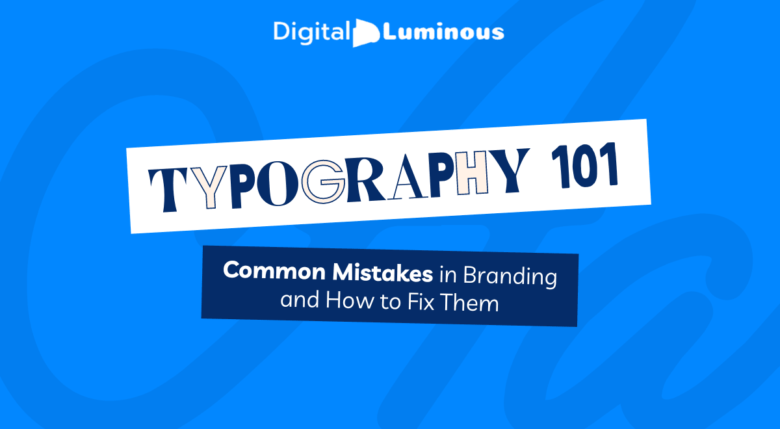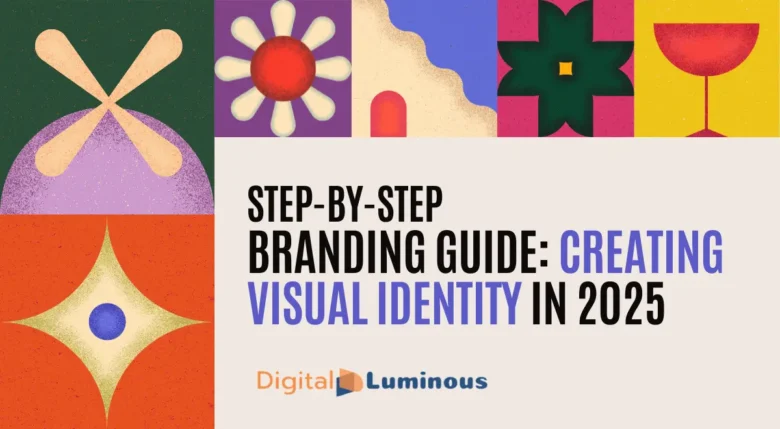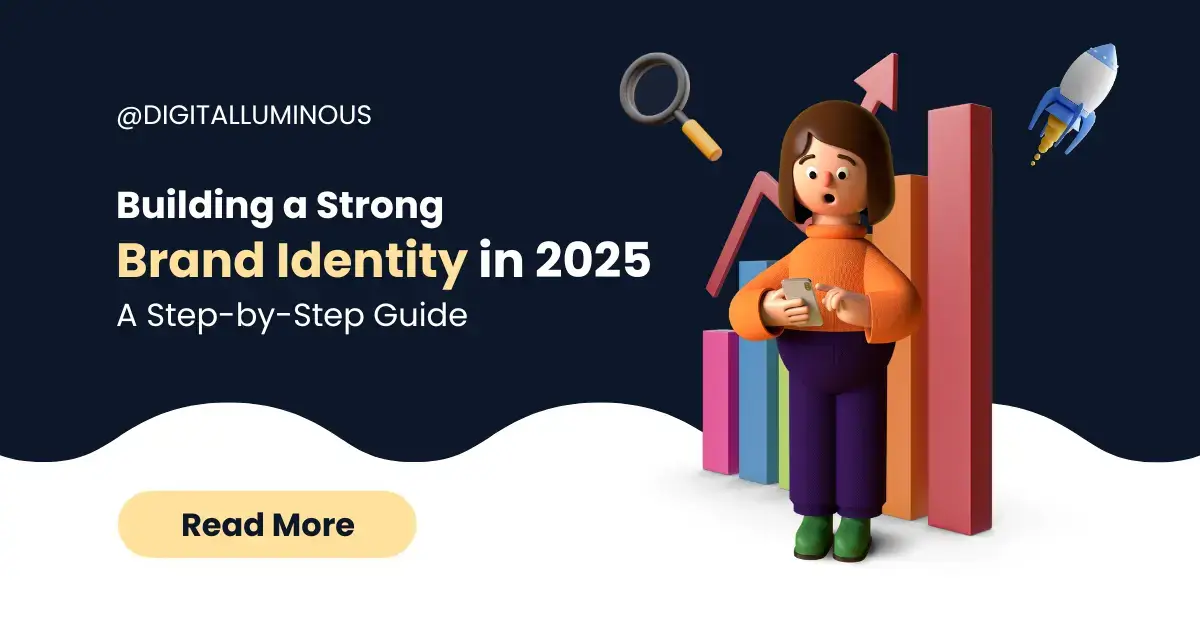
In the fast-paced world of 2025, brand identity is more than a logo or a tagline—it’s the story your business tells and the emotions it evokes.
It’s the difference between being just another product on the shelf and becoming a trusted name customers turn to.
This guide breaks down the steps to build an impactful brand identity that resonates with your audience and stands out in a crowded marketplace.
Core Elements of Brand Identity
Brand identity is the culmination of various elements working together to establish how a brand is perceived. Each element plays a unique role in shaping your brand’s personality and ensuring a consistent connection with your audience.
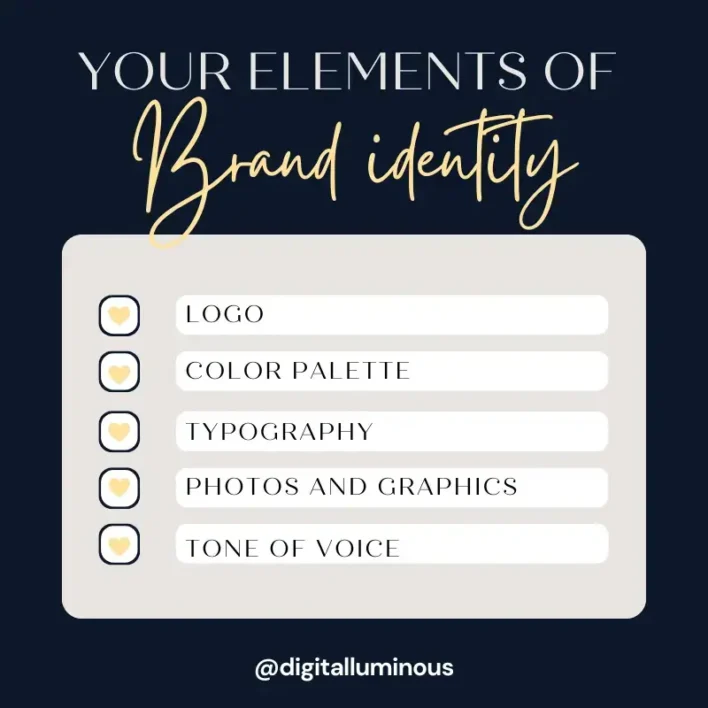
Logo:
This is your brand’s visual cornerstone. It’s the symbol that people recognize and associate with your business.
Color Palette:
Colors evoke emotions and set the tone. Choosing the right colors can create the desired emotional response from your audience.
Typography:
The fonts you use communicate subtle cues about your brand’s tone and professionalism.
Imagery:
Photos and graphics should align with your brand’s narrative and resonate with your target audience.
Tone of Voice:
How your brand communicates, whether casual or formal, defines its personality.
Example: Apple exemplifies cohesive brand identity through its sleek logo, monochrome color scheme, modern typography, and consistent messaging. These elements reinforce its image as innovative and premium.
How to Define Your Brand’s Core Identity?
Your brand’s core identity is the foundation that drives all your strategies and communications. It defines your purpose, audience, and uniqueness, serving as the compass for your business decisions.
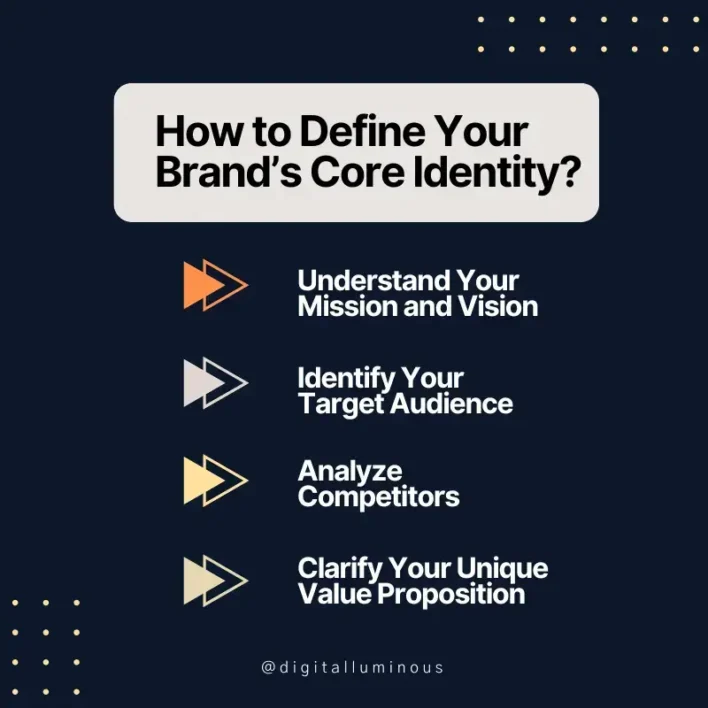
Understand Your Mission and Vision:
Clarify what your brand stands for and the long-term impact you aim to achieve.
Identify Your Target Audience:
Determine the specific group of people your brand serves and what they value.
Analyze Competitors:
Learn from competitors to identify industry gaps and opportunities for differentiation.
Clarify Your Unique Value Proposition:
Highlight what makes your brand stand out and why customers should choose you.
Example: Patagonia is deeply rooted in environmental sustainability. Its core identity appeals to eco-conscious consumers by promoting ethical practices and supporting conservation efforts, which differentiates it from competitors.
Steps to Create a Cohesive Visual Identity
Your visual identity is the first impression your brand makes, so it needs to be distinct and consistent. Here are the steps to create a cohesive visual identity:
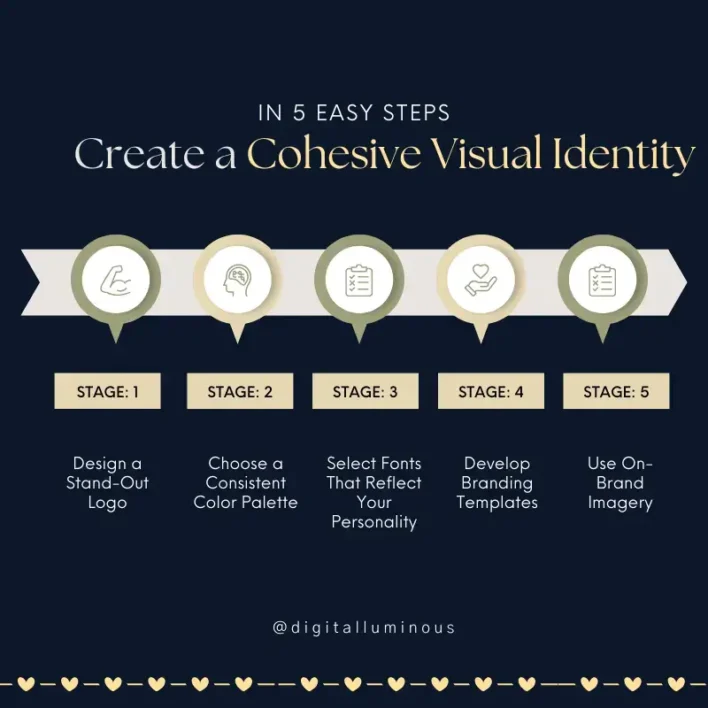
Design a Stand-Out Logo:
Keep your logo simple, memorable, and meaningful. It should instantly represent your brand’s values.
Choose a Consistent Color Palette:
Colors evoke emotions, so pick shades that resonate with the feelings you want your brand to convey.
Select Fonts That Reflect Your Personality:
Whether it’s playful or professional, the fonts you use must match your brand’s tone.
Develop Branding Templates:
This ensures visual consistency across all platforms, from websites to social media.
Use On-Brand Imagery:
Select photos and graphics that reflect your brand’s message and story.
Example: Starbucks uses its iconic green logo, modern fonts, and coffee-related imagery consistently across all branding materials, from cups to their website, ensuring a unified and recognizable visual identity.
Tools and Resources for Brand Identity Creation
Creating a strong brand identity requires the right tools. Here are some top resources to help you develop your brand:

Canva:
Perfect for beginners, offering easy-to-use templates and graphics to create cohesive branding.
Looka:
Generate professional logos in minutes with AI-powered design.
Adobe Creative Suite:
For advanced designers, it provides tools like Photoshop and Illustrator for creating detailed brand assets.
Google Fonts:
A free resource offering hundreds of fonts to help you align your typography with your brand’s style.
Unsplash:
Access high-quality, free images that can help reinforce your brand’s tone and message.
Example: Many startups use Canva for quick and cohesive branding, ensuring their social media posts, ads, and marketing materials align with their identity.
Conclusion
Building a brand identity isn’t just a step; it’s a journey.
In 2025, businesses that invest in crafting a clear, consistent, and compelling identity will thrive in an ever-competitive landscape.
Your brand is your promise—make it memorable, make it authentic, and most importantly, make it resonate.
FAQs
What is brand identity?
Brand identity is the collection of visual, emotional, and cultural elements that define how a brand is perceived by its audience.
Why is brand identity important?
It sets your business apart, builds recognition, and creates trust, ultimately driving customer loyalty and growth.
What are the key components of brand identity?
Logo, typography, color scheme, tone of voice, and imagery are the core elements.
How can I define my brand identity?
Understand your values, target audience, mission, and the unique value you offer. Consistently apply these elements across platforms.
What’s the difference between brand identity and brand image?
Brand identity is what you create and control, while brand image is how your audience perceives it.
How do I create a cohesive brand identity?
Develop consistent messaging, visuals, and tone across all marketing channels, from your website to social media and packaging.
How often should I update my brand identity
Reevaluate your brand identity periodically, especially if market trends or your business’s direction change.
Can I change my brand identity?
Yes, but do it carefully. A rebrand should reflect your business evolution, not just trends, to maintain customer trust.
What tools can help create brand identity?
Tools like Canva, Adobe Creative Suite, and Looka are great for designing logos, visuals, and other brand assets.
How does brand identity impact my marketing efforts?
A strong, clear brand identity enhances marketing, as it helps establish trust and recognition, making campaigns more effective.
